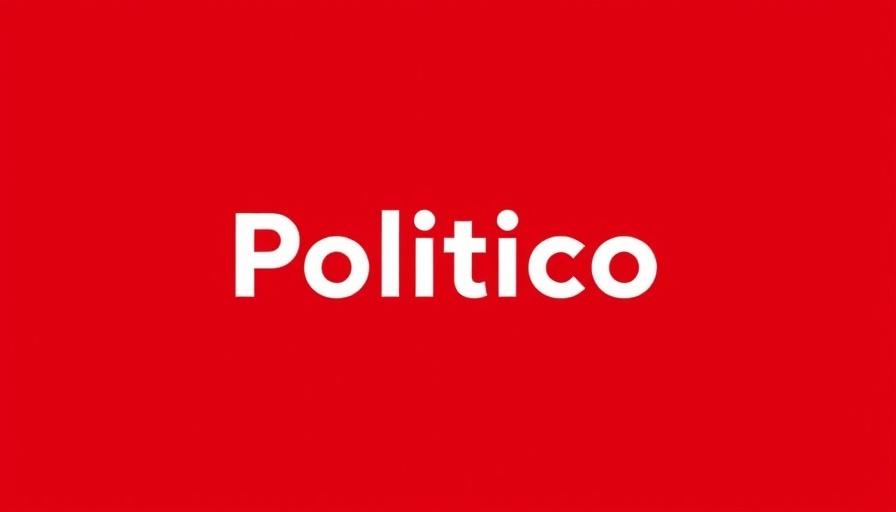
Understanding Carried Interest and Its Impact on the Real Estate Market
Carried interest has become a key topic of debate in the context of real estate taxation, with the industry rallying against potential changes that could significantly affect investments and affordability. For those unfamiliar, carried interest is a share of the profits earned on an investment, typically used by private equity, venture capital, and real estate investors to encourage long-term investments. In a recent statement, a coalition of trade groups representing various sectors of the real estate industry has voiced strong opposition to proposals that would alter the current tax treatment of carried interest.
The Coalition’s Warnings: A Tax Hike on Entrepreneurship
With congressional discussions on tax reform heating up, trade associations like the National Association of Realtors and the Mortgage Bankers Association have come forward, asserting that changes to the carried interest tax regime would impose a significant tax hike on approximately 2.2 million real estate partnerships and their 9.7 million partners. These groups are concerned that such an increase would not only deter entrepreneurial risk-taking but also jeopardize vital urban projects, particularly in underserved communities that desperately need affordable housing.
Proposed Changes: Threat to Housing Supply and Affordability
The coalition argues that removing the preferential treatment for carried interest could lead to less investment in riskier real estate projects that are crucial for expanding housing options. Instead, developers might lean towards safer, more guaranteed returns, which could translate to fewer affordable homes hitting the market. While the tax code has always aimed to reward investors who take significant risks, critics of the proposed changes argue it would hamper progress in areas that need the most help.
The Political Landscape: A Tug-of-War over Tax Policies
Former President Donald Trump has reignited discussions around eliminating carried interest, a move that could disrupt the status quo established during his presidency. Even though the special tax treatment survived various legislative storms over the past few years, industry insiders fear that political momentum might shift towards re-evaluating this long-standing break. The real estate coalition’s letter to lawmakers emphasizes that any further changes are unwarranted, suggesting that previous reforms in 2017 have already established a carefully balanced approach that works.
Economic Implications: Billions at Stake
According to the real estate groups, the economic repercussions of scrapping carried interest would be substantial. They argue that such a decision could lead to a loss of thousands of jobs linked to both the construction and real estate sectors. Moreover, the potential dampening of new investments could slow the pace of economic recovery in a sector already challenged by supply shortages and rising costs. The argument that eliminating this tax advantage poses an existential threat to real estate development resonates with many stakeholders eager to build more homes, particularly in high-demand markets.
The Path Forward: Navigating Legislative Challenges
As Congress begins to formulate potential tax legislation, it is critical for investors, developers, and real estate professionals to stay informed and engaged. Understanding the implications of carried interest reforms is vital for any stakeholder in the real estate market. Those interested in opportunities should consider collaborating with knowledgeable real estate agents, exploring platforms like Zillow, Redfin, and Trulia to stay updated on current listings and market trends.
Moreover, awareness of legislative changes can inform strategic decisions regarding investment in homes for sale or commercial real estate, potentially influencing both immediate actions and long-term strategies in a fluctuating market.
Conclusion: Make Your Voice Heard
As debates about carried interest and its implications unfold, remaining active in discussions with local representatives and industry groups can help influence a favorable outcome that supports sustainable growth in real estate. If you're passionate about the future of real estate and affordable housing, consider reaching out to local representatives to express your views and advocate for policies that benefit both investors and communities.
 Add Row
Add Row  Add
Add 



Write A Comment